Visiting the veterinarian is an essential part of maintaining your pet’s health, but let’s face it—most pets aren’t thrilled about the experience. The unfamiliar environment, new faces, and medical procedures can be nerve-wracking for them and their owners. However, you can take some steps to prepare your pet for their visit, minimize their stress, and create a more positive experience for everyone involved. Our Neighborhood Veterinary Centers team in Wallisville, Texas, shares seven steps to prepare your pet for a stress-free veterinary visit.
#1: Socialize your pet for less stressful veterinary visits
Preparing your pet for a stress-free veterinary visit starts long before their first appointment. Young pets should be exposed to a variety of people, animals, and environments to help them grow into well-adjusted adults. Socialization helps your pet build confidence and adapt to unfamiliar people and settings. Without proper socialization, pets are at risk of developing anxious and fearful behaviors. Take time every day to expose your young pet to new sights, smells, sounds, and experiences, and reward them every time they are calm and accepting of a new experience. Also, practice handling your pet to make veterinary care easier and less stressful for you, them, and your veterinarian. Handle various parts of your pet’s body, including their ears, feet, and mouth, and reward your pet during each session with their favorite treat, so they associate handling with something positive.
#2: Train your pet for safe transportation
For many pets, one of the most stressful parts of a veterinary visit is the journey to the clinic. Pets often feel uneasy or fearful in their carrier or while riding in the car. To ensure your pet arrives at their appointment safely and calmly, take time to help them get used to their carrier and the car environment.
- Acclimate your pet to their carrier — A carrier is the safest way to transport your pet, so help them get accustomed to it with these tips:
- Leave their open carrier in the house, with a cozy blanket, treats, and favorite toy inside.
- Feed them their meals inside the carrier.
- Place them inside their carrier for varying amounts of time so they learn that the carrier is not only for veterinary visits.
- Acclimate your pet to car rides — Take your pet on car rides frequently, and provide treats and praise when they are in the car. You can ride around the block initially, and then make the ride longer, as they get more comfortable.
#3: Exercise your pet before their appointment
A tired pet is typically a calmer pet, and exercising your pet before their veterinary visit can help them expend excess energy, making them feel more relaxed during the appointment. Scheduling time before your pet’s appointment for a brisk walk or a rigorous play session ensures they will be more comfortable and more manageable during their exam.
#4: Bring high-value treats to your pet’s appointment
Never underestimate the power of a good treat. High-value treats can help your pet build positive associations with the new people they meet—including their veterinarian—and can be the perfect distraction while they are being examined. For these treats to be the most effective, bring your pet to their appointment a bit hungry; this will make the treats more enticing.
#5: Use calming aids to reduce your pet’s stress
A variety of calming aids are available to help keep your pet relaxed during their veterinary visit, including
- Pheromone sprays — Sprays that contain pheromones send your pet the same messages their mothers used to comfort them when they were young.
- Calming vest — An adjustable wrap such as the ThunderShirt applies constant, gentle pressure to your pet’s body, and may help manage their anxiety.
- Supplements — Calming supplements can offer additional support to an anxious pet.
- Medication — If a veterinary visit causes your pet excessive stress, ask our veterinary professionals if an anti-anxiety medication or mild sedative would help them.
#6: Communicate with your pet’s veterinary team
If your pet is highly anxious or has had stressful visits in the past, let your veterinarian know this in advance. The veterinarian may be able to offer advice or accommodations to make the experience more comfortable for your pet, such as scheduling their appointment during less busy hours for a quieter waiting room.
#7: Cut yourself—and your pet—some slack
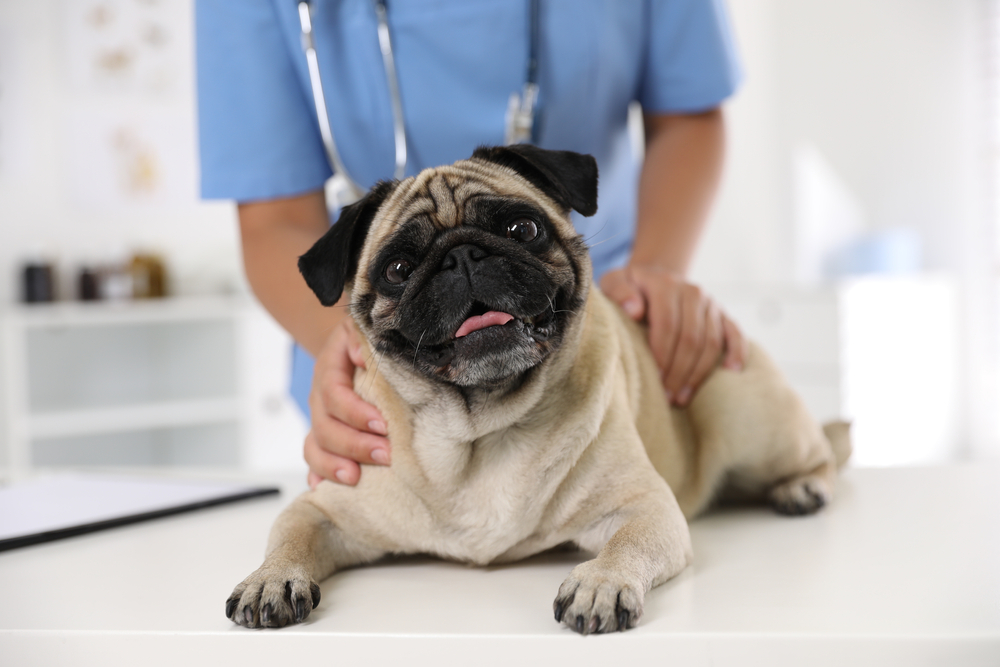
Remember, no one expects perfection from you or your pet. Veterinarians understand that visits can be stressful for pets and are equipped to handle them gently and identify signs of discomfort. Don’t feel embarrassed if your pet acts out, and instead, focus on remaining calm. Pets can sense how their owner feels and may react accordingly. So, cut yourself and your pet some slack, and congratulate yourself for ensuring your pet receives regular, high-value veterinary care.
It’s normal for your pet to feel uncertain when visiting the veterinarian, and these steps to prepare them for their visit can make the experience less stressful and more manageable for you and them. Contact our Neighborhood Veterinary Centers of Wallisville team with additional questions or to schedule your pet’s next wellness exam, and ensure your pet receives the quality care they need to live a healthier, happier life.


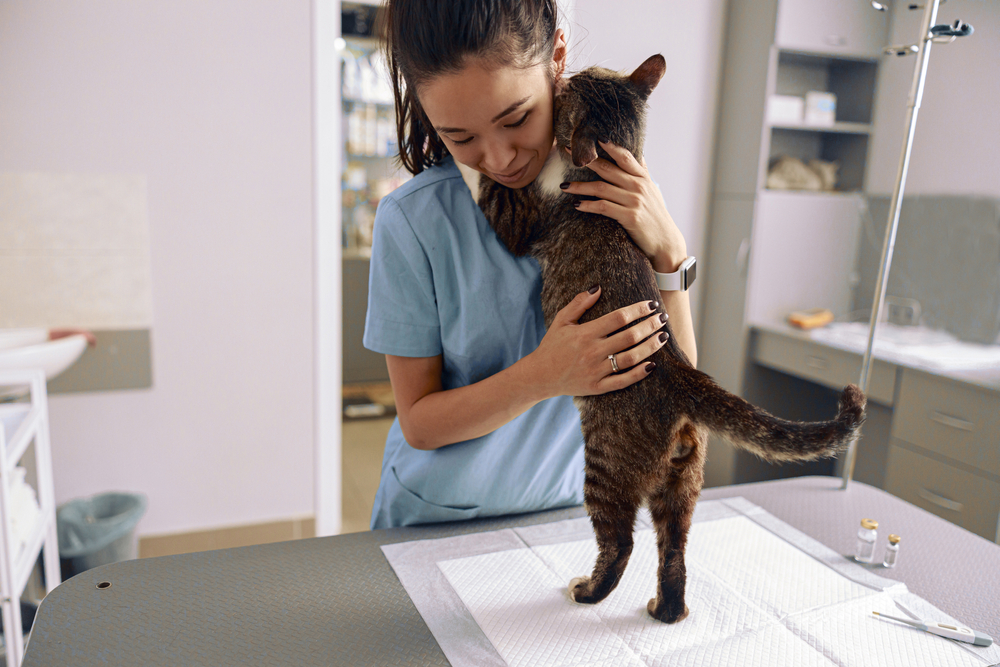
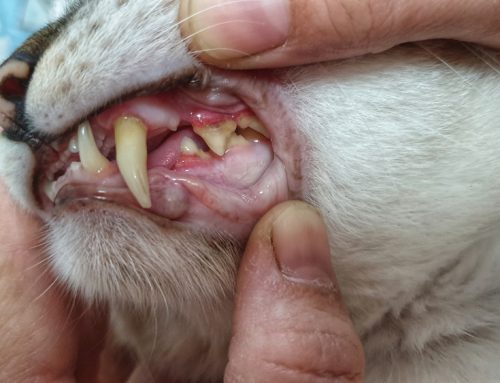
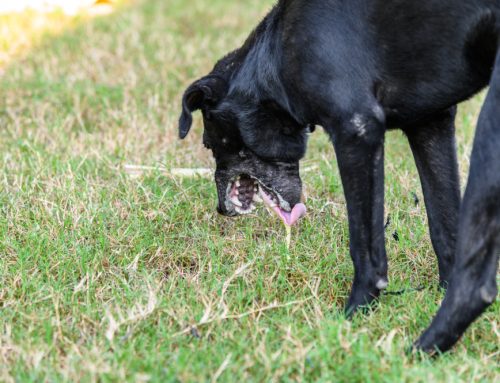
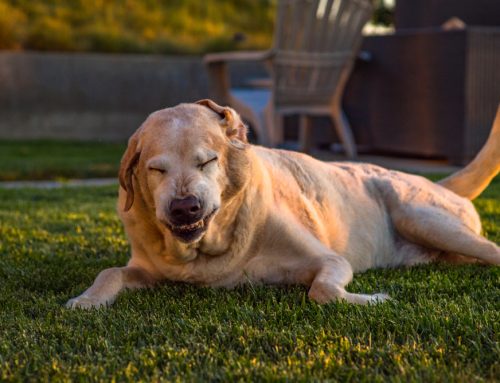

Leave A Comment